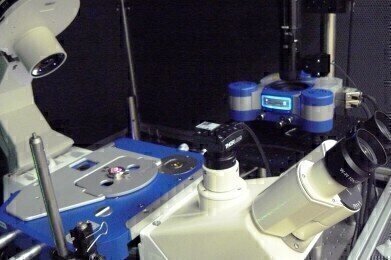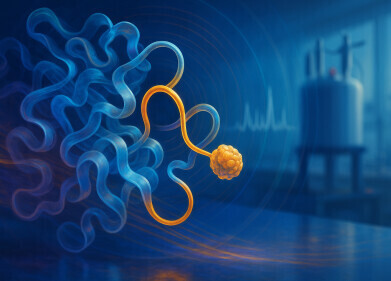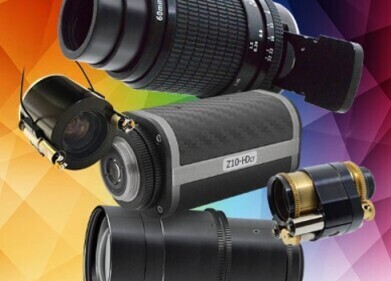Microscopy & microtechniques
Report on the study of Structure and Dynamics of Biological Membranes using AFM and Advanced Fluorescence Microscopies
Oct 21 2013
JPK Instruments reports on how AFM and advanced fluorescence microscopy is being applied in the study of biological membranes in the Centre de Biochimie Structurale (CBS) in Montpellier.
The CBS includes a research group focused on single molecule physics. Dr Pierre-Emmanuel Milhiet runs a team which applies AFM and advanced fluorescence microscopies (single molecule tracking and single-molecule localisation microscopy or SMLM) in the study of both structure and dynamics of biological membranes.
Speaking about his work, Dr Milhiet said: "One of our aims is to decipher the molecular mechanisms involved in the lateral segregation of membrane components using artificial bilayers and intact cell membranes. Part of our activities is also to develop new methodologies and we have recently mounted a new setup combining a JPK AFM and home-made SMLM. The main motivation came from the fact that the lateral resolution that can be achieved with an AFM on intact cells is in the same range than that obtained by SMLM (a few tens of nanometers), making possible the precise identification of structures imaged by the tip. We are also involved in the development of high-speed AFM for imaging biological membranes as part of a collaborative effort with Professor Toshio Ando's group in Japan."
His team uses AFM because it is an outstanding tool to investigate membrane topography. Because of its vertical and lateral resolution, structure of membrane assemblies can be observed and single molecule can be delineated by the tip.
Dr Milhiet selected the JPK system because "It is a very stable machine for a stand-alone AFM allowing single protein resolution to be achieved on biological membranes. The HyperDrive™ mode is especially suitable for this purpose. Also, JPK's Tip-Assisted Optics stage can be combined with tip scanning which is very useful for compensating the drift of the sample stage which may be observed during long-term SMLM acquisition. Combining single molecule fluorescence microscopies with AFM is important as it enables us to understand that the integration of multiple methodologies over multiple length- and time-scales, from molecular to cellular levels, is necessary to tackle complex biological questions."
Digital Edition
Lab Asia Dec 2025
December 2025
Chromatography Articles- Cutting-edge sample preparation tools help laboratories to stay ahead of the curveMass Spectrometry & Spectroscopy Articles- Unlocking the complexity of metabolomics: Pushi...
View all digital editions
Events
Jan 21 2026 Tokyo, Japan
Jan 28 2026 Tokyo, Japan
Jan 29 2026 New Delhi, India
Feb 07 2026 Boston, MA, USA
Asia Pharma Expo/Asia Lab Expo
Feb 12 2026 Dhaka, Bangladesh

.jpg)
-(2).jpg)
















